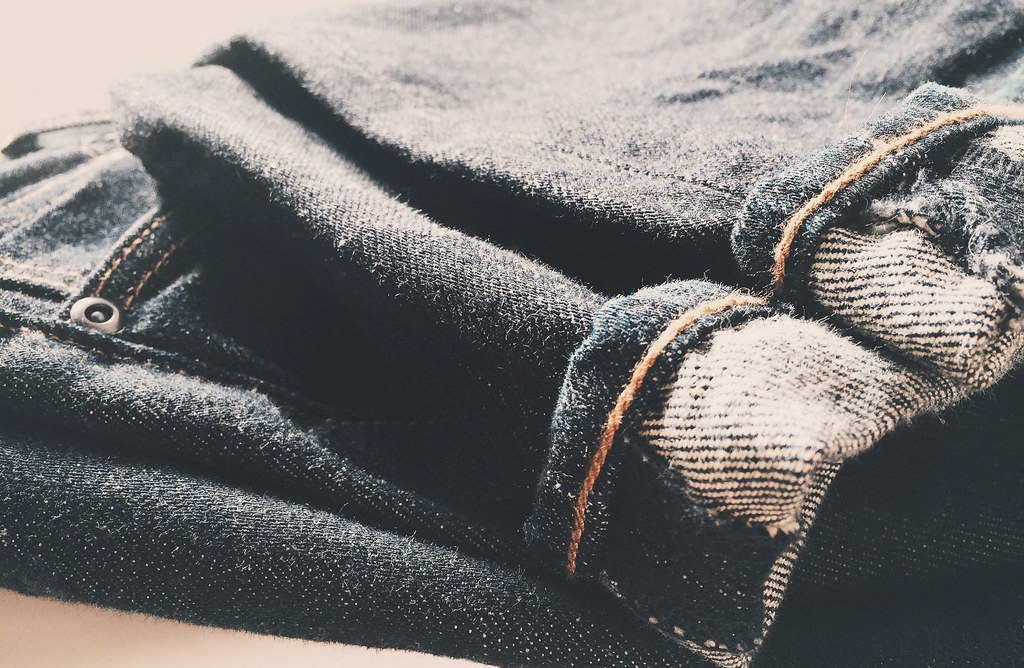What Does Heritage Mean?

Heritage. If you work within the greater fashion industry, whether its footwear, apparel or marketing, someone mentioned the word heritage. You probably tried it on for size, mixing it with terms like authentic, classic or established. But perhaps something just didn’t feel right. Before throwing around the h-word again in a product’s or campaign’s defense, let’s clarify what heritage actually means in the world of fashion.
The term heritage came into use way before fashion adopted it to reflect either a brand’s set of values or inspiration. Before associating heritage with product, we’ve heard the term in relation to national, family, personal, cultural, natural, digital and world heritage. If we break down the word from its Middle English and Middle French origins, heritage is the combination of interit and age, sharing roots with words like inheritance, heir and heredity.
In order to inherit a heritage, something needs to be there. Without history, or the linked events and people of the past, heritage cannot exist. Heritage is an extraction from history. While history is factual, direct and sometimes unpleasant, heritage celebrates what we are proud of or find meaning in. Under heritage lives tangible and immaterial achievements. Everything from literature, language, artifacts, sites, customs, beliefs, qualities, traditions and in our case, consumer products, has heritage. Thus, in order to possess heritage, you first need to have a history.
This still doesn’t completely answer what heritage is. We know the predecessor of heritage is history and that inheritance is the only way to acquire it. But the transcendence of a habit to a custom or jacket to an icon is never clear, and never will be. Unlike haute couture, which is protected by law and defined by the Chambre de commerce et d’industrie de Paris, heritage roams freely without formalities. Its validity is crowd-sourced, not dictated (well, excluding UNESCO) especially in the world of fashion. This is exactly where the confusion and uncertainty kicks in.
Heritage, when looking at fashion, is the meaningful inherited qualities or pieces validated by and over multiple generations. This applies to brands like Levi’s, Woolrich, Pendleton, Filson and Red Wing from the US or Burberry, Pringle of Scotland, Mulberry, Barbour and Aquascutum from the UK. But what makes these brands remarkable is their links to a greater heritage, in this case, a national one. The Levi’s 501 jean or Burberry trench coat are artifacts from US or UK history. Each of these brands started with local manufacturing while serving a regional purpose (aka not fashion), which makes their history and heritage shared with its nation’s.
These brands should not be confused with heritage-inspired ones, however, like Jack Willis or Joules. Such brands borrowed, not inherited, their qualities. There’s nothing wrong with taking ques from established icons and storytelling, but they should not be put in the same class as Barbour or Aquascutum. Crossing the threshold into fashion is never certain, which makes long-lasting heritage brands who’ve done so unique. But all of their paths to a greater audience look the same: first history, then heritage and finally fashion.
Next time the h-word comes up in a conversation, take a pause. Be the brave one and ask, “What do you mean by heritage?” It’s obvious everyone’s definition and use of the word varies. In many instance you’ll find it’s not even the appropriate term. Now that you know what heritage means, join the movement to respect our heritage brands by protecting and celebrating the beautiful, but sometimes, misused term.